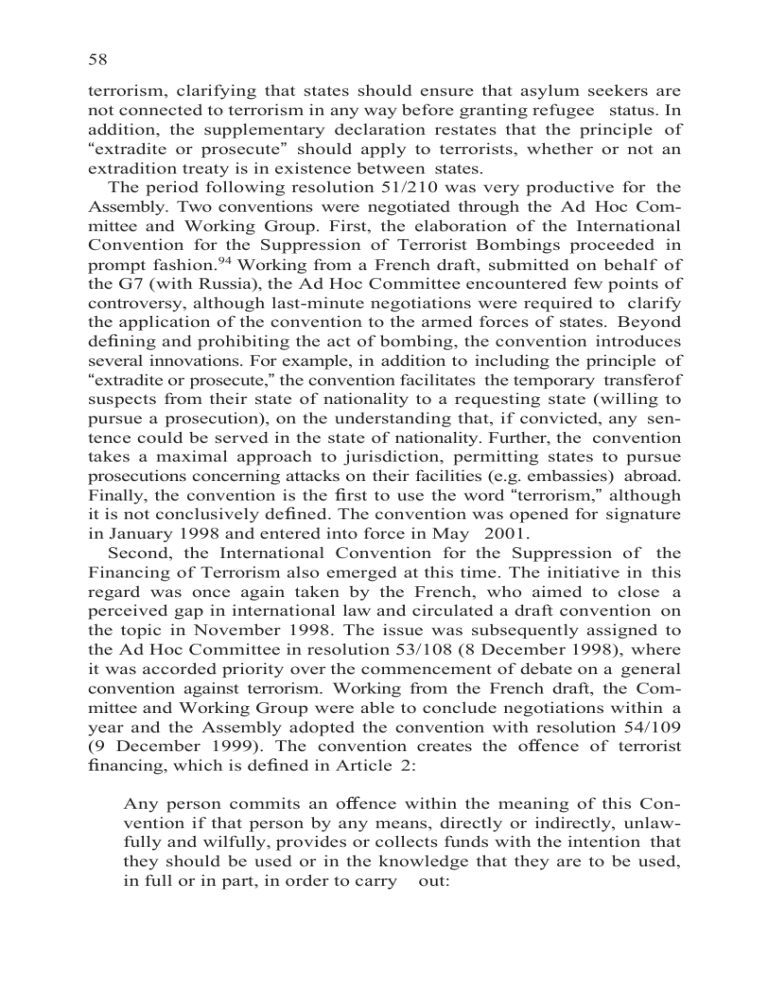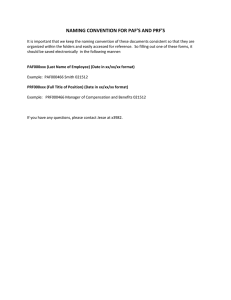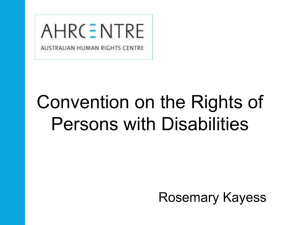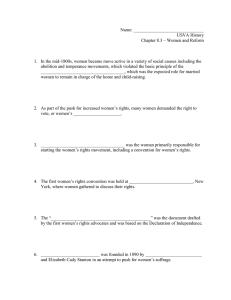Encaphaly studies
advertisement

58 terrorism, clarifying that states should ensure that asylum seekers are not connected to terrorism in any way before granting refugee status. In addition, the supplementary declaration restates that the principle of “extradite or prosecute” should apply to terrorists, whether or not an extradition treaty is in existence between states. The period following resolution 51/210 was very productive for the Assembly. Two conventions were negotiated through the Ad Hoc Committee and Working Group. First, the elaboration of the International Convention for the Suppression of Terrorist Bombings proceeded in prompt fashion.94 Working from a French draft, submitted on behalf of the G7 (with Russia), the Ad Hoc Committee encountered few points of controversy, although last-minute negotiations were required to clarify the application of the convention to the armed forces of states. Beyond defining and prohibiting the act of bombing, the convention introduces several innovations. For example, in addition to including the principle of “extradite or prosecute,” the convention facilitates the temporary transferof suspects from their state of nationality to a requesting state (willing to pursue a prosecution), on the understanding that, if convicted, any sentence could be served in the state of nationality. Further, the convention takes a maximal approach to jurisdiction, permitting states to pursue prosecutions concerning attacks on their facilities (e.g. embassies) abroad. Finally, the convention is the first to use the word “terrorism,” although it is not conclusively defined. The convention was opened for signature in January 1998 and entered into force in May 2001. Second, the International Convention for the Suppression of the Financing of Terrorism also emerged at this time. The initiative in this regard was once again taken by the French, who aimed to close a perceived gap in international law and circulated a draft convention on the topic in November 1998. The issue was subsequently assigned to the Ad Hoc Committee in resolution 53/108 (8 December 1998), where it was accorded priority over the commencement of debate on a general convention against terrorism. Working from the French draft, the Committee and Working Group were able to conclude negotiations within a year and the Assembly adopted the convention with resolution 54/109 (9 December 1999). The convention creates the offence of terrorist financing, which is defined in Article 2: Any person commits an offence within the meaning of this Convention if that person by any means, directly or indirectly, unlawfully and wilfully, provides or collects funds with the intention that they should be used or in the knowledge that they are to be used, in full or in part, in order to carry out: 59 (a) An act which constitutes an offence within the scope of and as defined in one of the [international instruments related to terrorism]; or (b) Any other act intended to cause death or serious bodily injury to a civilian, or to any other person not taking an active part in the hostilities in a situation of armed conflict, when the purpose of such act, by its nature or context, is to intimidate a population, or to compel a government or an international organization to do or to abstain from doing any act. While this latter phrase (subparagraph (b)) effectively creates the offense of “terrorism” (for the purpose of prohibiting the financing of such acts), the drafters included it in the knowledge that the existing conventions did not cover the variety of terrorists’ tactics.95 The con- vention attracted only four signatories prior to 9/11, and subsequently entered into force in April 2002. Despite these achievements, the Committee and Working Group also provided fora for states to disagree on several issues. The debate on a convention for the suppression of acts of nuclear terrorism stands out in this regard. The Russian draft met resistance on several points, as some states felt that the debate on the comprehensive convention ought to take precedence, that the definition of “nuclear terrorism” ought to include the actions of states, that the IAEA (which participated in the negotiations) was the more appropriate forum to develop the con- vention, and that the elimination of nuclear weapons altogether ought to be pursued.96 The division among states was somewhat familiar here, generally pitching NAM states against supporters of the proposed convention, including Western states and Russia.97 These issues proved difficult to overcome and negotiations ground to a halt, with no formal or informal consultations pursued in the spring 1999 meetings of the Ad Hoc Committee.98 A series of bilateral and informal consultations took place on-and-off in subsequent years, but the political will to address stated differences did not emerge until after 9/11. The Committee and Working Group also encountered other political disagreements, including the issue of whether a high-level conference on terrorism should be convened under UN auspices. This proposal came out of the NAM Heads of State meeting in 1998 which, along with its successor meetings, was cited in the preambular language of multiple Assembly resolutions.99 Resistance to this initiative (in the Committee) echoed that a decade earlier, in response to the Syrian proposal (for a conference to define “terrorism” as distinct from nationalliberation movements), namely, “it was felt that a conference might




